Bottle nipples sizes are assigned based on flow rate. As the number gets higher, the holes get larger or increase in number, and the flow rate increases. Parents are often advised to start with the smallest sizes available and to stick to the smallest size that their baby will accept.
For formula-fed babies, nipple size recommendations are based on your baby’s age. Larger sizes have a faster milk flow and should be given to older babies who can handle larger milk volumes better.
Although your baby’s age serves as a guide for upgrading to larger nipple sizes, the best determinant of appropriate bottle nipple sizes is your baby. Taking a closer look at your baby’s behavior at feeding time will help you understand when to switch to size 2 nipples.
Bottle feeding should be a comfortable experience for both you and your baby. When you start seeing your baby getting frustrated or having difficulty sucking milk from their bottle, it may be time to upgrade the bottle’s nipple size.
Signs That You Need to Switch to Size 2 Nipples
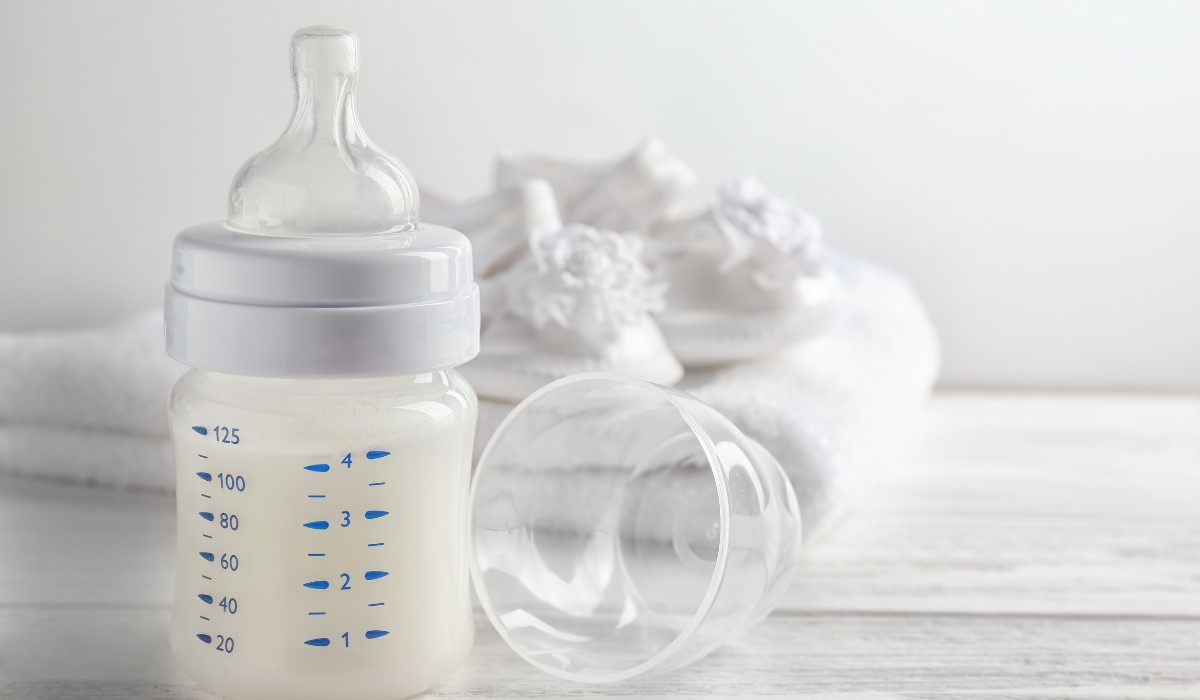
-
The Nipple Starts Collapsing
If your baby sucks hard enough to make the nipple cave in or flatten, it may be time to switch to a nipple with a faster flow rate.
Collapsing nipples can also be caused by venting issues. Nipple vents can occasionally stick together, causing a vacuum to form and thereby making it collapse.
Worn-out nipples are also prone to collapse. Nipples that have become discolored, cracked, and sticky should be replaced. You should be able to give the nipple’s head a good yank and see it return to its original shape. If not, replace the nipple. If you can flip the bottle upside down and have milk come out of the nipple in a stream, time to switch it out for a new one.
-
Feedings Take Too Long
If your baby takes more than half an hour to finish a bottle or frequently latches and unlatches, moving up a size can help them feed faster.
-
Baby Becomes Frustrated While Feeding
When the flow rate from the nipple is too slow for your baby, they might not be able to feed properly, and they show signs of becoming frustrated and aggravated by kicking, squirming, crying, and pushing the bottle away.
-
Baby Eats Less and Gets Hungry Quickly After Feeding
If the nipple’s flow rate is too small and does not allow your baby to drink enough at any given feeding, they will get hungry too quickly before their next feeding session is scheduled. Your baby may also lose interest in feeding and fall asleep before they are satiated if the flow rate is too low.
Nipple Size Guide
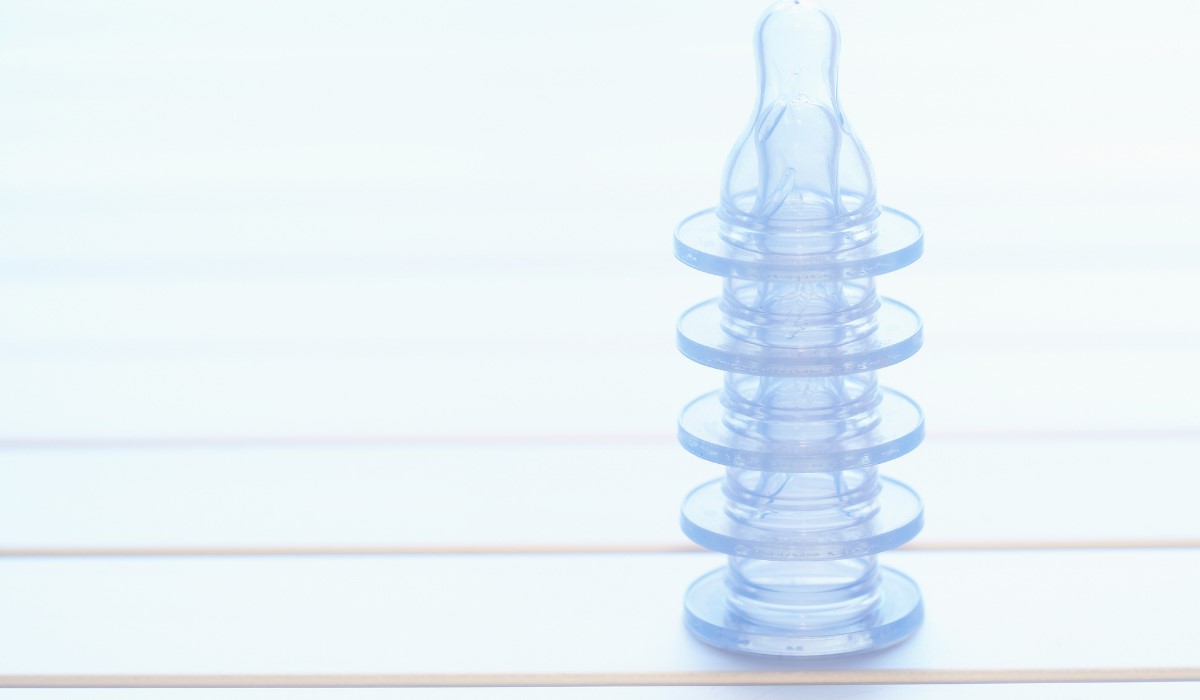
Nipples are usually sized according to flow rate. The exact specifics of each nipple will differ by brand, but generally, the sizes are as follows:
-
Size 0
Size 0 nipples are perfect for premature babies and babies who prefer a slow flow rate. Size 0 nipples also mimic the flow rate of a human breast and work well for breastfed babies.
-
Size 1
Size 1 nipples are for babies aged 0-3 months and breastfed babies who have difficulty feeding with a size 0 nipple. If your baby seems happy enough with size 1 nipples, there might not be any need to go up in sizes as your baby gets older.
-
Size 2
Size 2 nipples are for babies aged 3 months and up. Older babies who take a long time feeding from size 1 nipples may benefit from using size 2 nipples.
-
Size 3
Size 3 nipples are for babies aged 6 months and up. Older babies who take a long time feeding from size 2 nipples may benefit from using size 3 nipples.
Consider using size 3 nipples if your pediatrician recommends adding extra powder into the formula, your child has started sitting up, or is on solid foods already.
-
Size 4
Size 4 nipples are for babies 9 months and up. Size 4 or y-cut nipples allow thicker formula and infant cereal to flow better.
Consider using size 4 nipples if your pediatrician recommends adding extra powder into the formula or if your baby has started drinking water from a sippy cup.
Nipple Size Requirements By Age
For Breastfed Babies
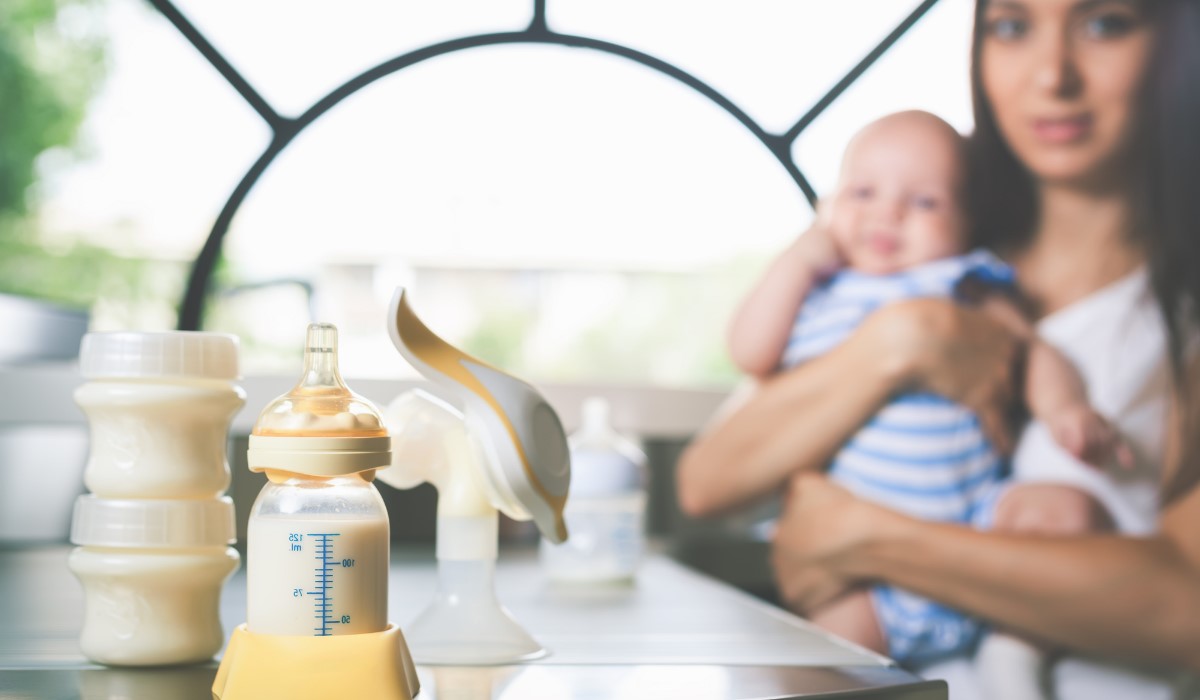
Breastfeeding parents need to be careful when it comes to choosing nipple sizes.
Because human breasts naturally have a much slower flow rate, breast-fed babies are used to working harder to get breastmilk.
Start with the smallest-sized nipple option available to you for your breastfed baby. A breastfed baby who gets a bottle with a too large nipple will get used to not having to suck as hard to drink. They may cause them to become frustrated and impatient during breastfeeding and stop accepting the breast.
If you naturally have a higher milk flow or your baby takes less than 10 minutes to finish nursing at your breast, you may need to go up a nipple size to match what your baby gets at your breast.
Because breastmilk is thinner than formula, breastfed babies often do not need to move up sizes as they get older. For the same reason, you should stick to the smallest nipples your preferred brand offers even if you are exclusively pumping.
For Formula Fed Babies
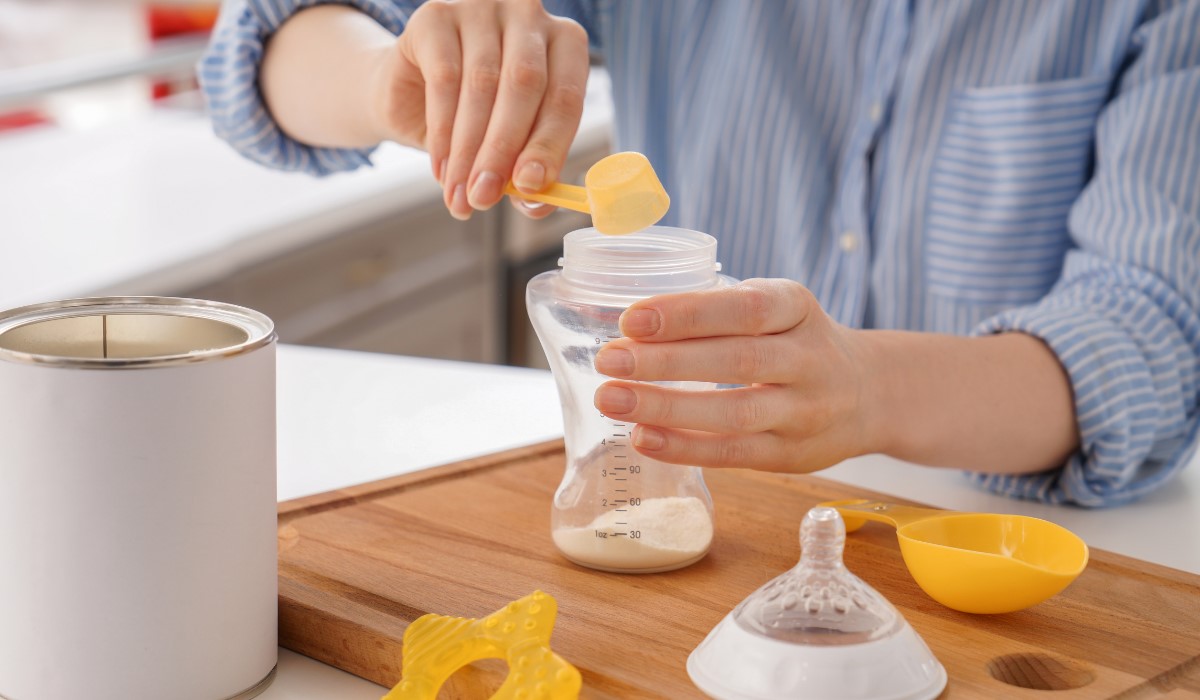
Most bottles and nipples sold come with pamphlets that have the recommended nipple sizes at each age. If not, it should be easy enough to find them on the manufacturer’s website.
Your baby’s cues and behavior while feeding are still the best indicators of what nipple size is most appropriate.
With formula-fed newborn babies, start with the smallest nipple size. Smaller or slow-flow nipples work well for babies who cannot consume more than 2 ounces a feed and do not have a very well-developed swallow reflex yet.
Signs That a Bottle Nipple is Too Large
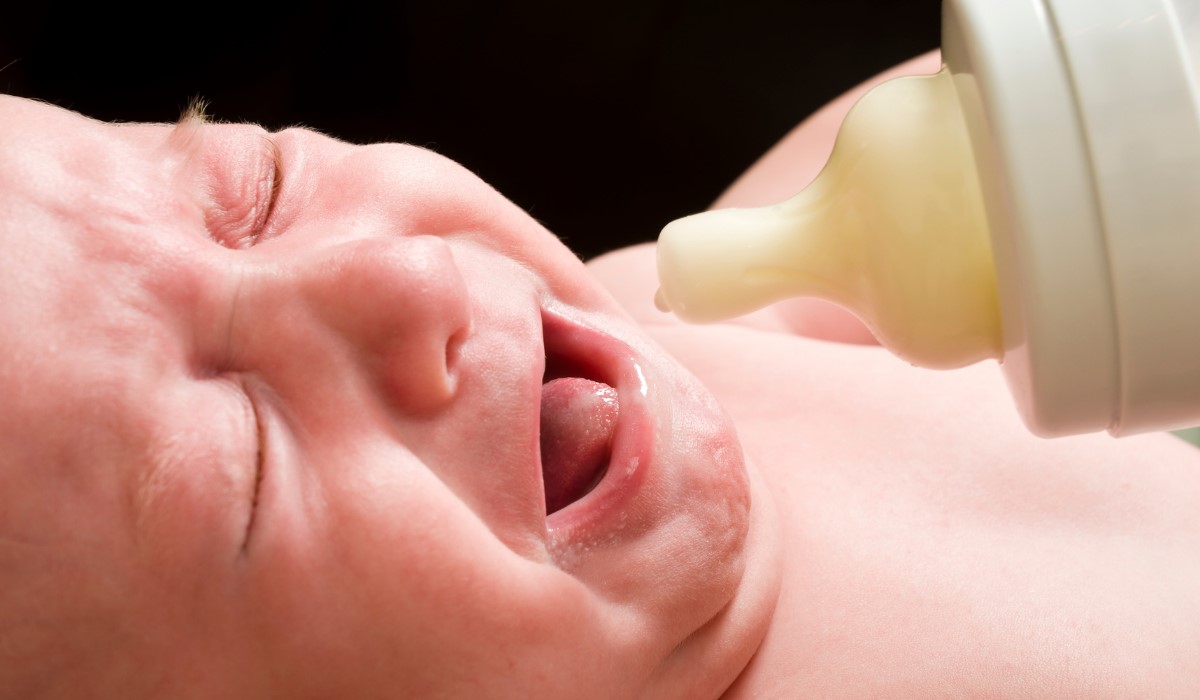
When switching to a faster flowing nipple, try the size nearest to the previous nipple first. Observe your baby while using the new nipple to make sure the new flow rate is not too overwhelming for them.
If you notice your baby gulping, coughing, sputtering, or struggling to swallow in between sucks, the flow rate may be too high for them. Other signs that the flow rate is too high include milk leaking from the sides of their mouth and feeding too quickly (5 minutes or less). They may also act distressed and pull away from the bottle.
If your baby shows any of these signs, you may want to return to a slower flow rate which your baby can tolerate better.